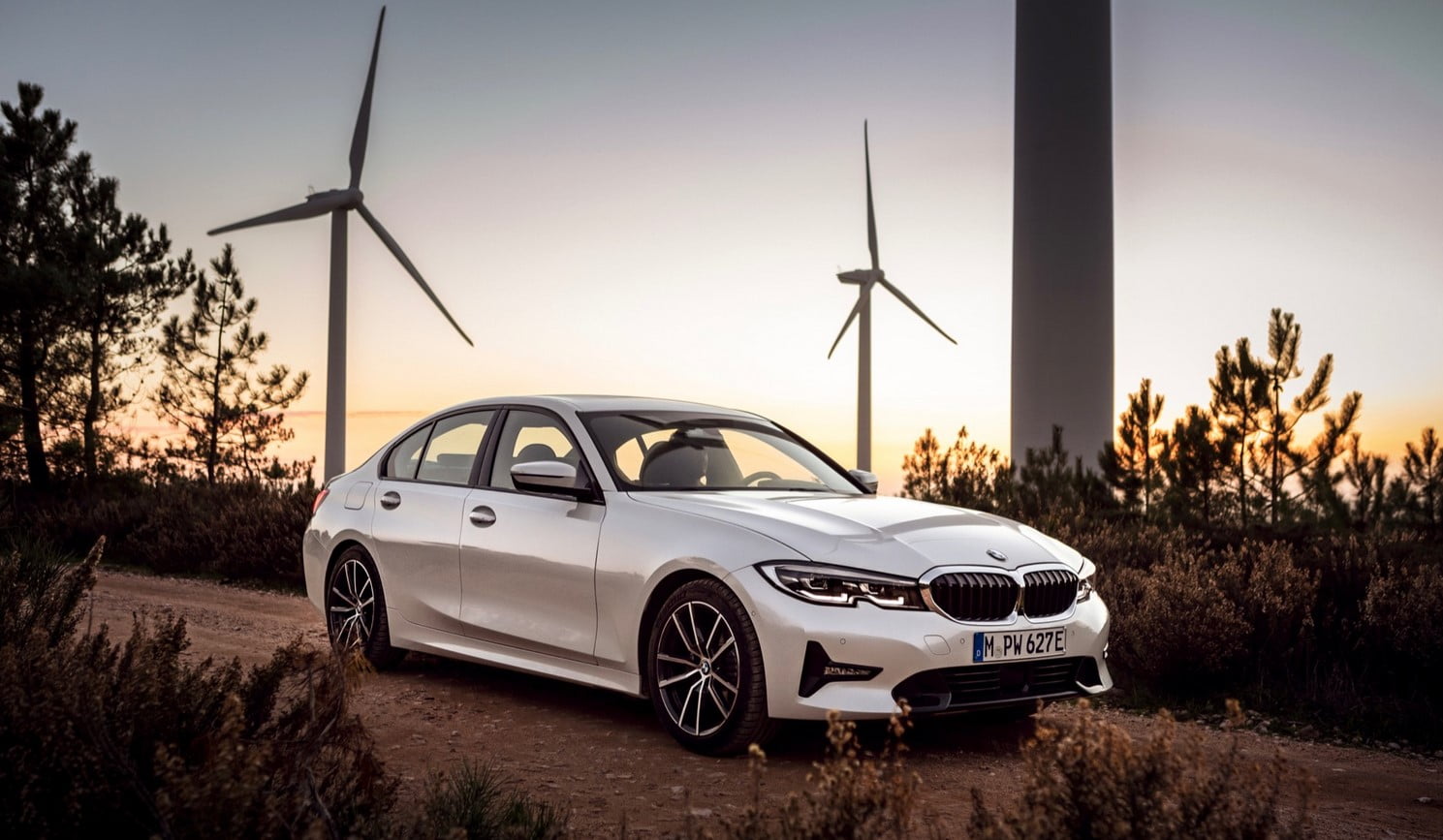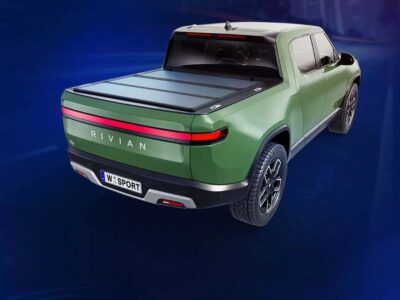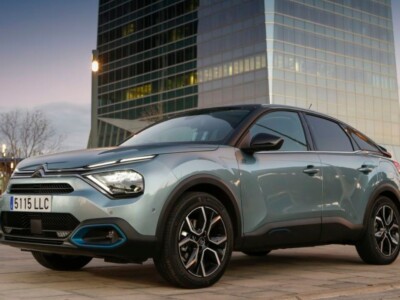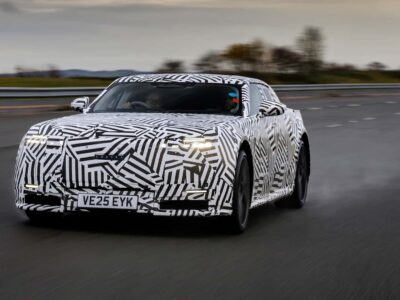
Plug-in hybrids may emit more carbon dioxide (CO2) than claimed by manufacturers, even when fully charged, according to the European environmental group Transport & Environment (T&E).
T&E recently tested the plug-in hybrid versions of the current generation BMW 3 Series, Peugeot 308, and Renault Megane. All three are popular in Europe, with only the 3 Series sold in the U.S., featuring the 330e badge for the plug-in hybrid model.
In tests conducted by the Graz University of Technology (commissioned by T&E) starting with each car fully charged, the BMW emitted three times its official CO2 rating while following a typical 34-mile travel route, according to T&E. Peugeot and Renault emitted 20% and 70% more CO2 than their official ratings, respectively.
Plug-in hybrids also fell short in electric range. In city driving, BMW and Peugeot only achieved 74% and 53% of their declared electric ranges, respectively, according to T&E. The Renault matched its claimed range, but with only 31 miles per charge and no fast charging available, the group was skeptical of its daily practicality.
T&E also criticized the effectiveness of BMW’s geofencing behavior, which the automaker has offered in its plug-in hybrids for a few years. This feature is advertised to allow drivers to switch to electric power in, for example, densely populated urban areas. However, while driving through the center of such a city, the 3 Series turned on its engine twice, according to T&E.
This is the second round of accusations by T&E, which has published several studies analyzing real-world emissions to contrast with car manufacturers’ laboratory tests. In 2020, the group said that plug-in hybrid pollution could be worse than that of comparable gasoline or diesel cars when vehicles switch to battery-charging modes, using the engine power for both propulsion and charging.
Automakers have promoted plug-in hybrids as a solution to Europe’s stricter emissions standards, but this has raised ongoing concerns from environmental groups. Questions about German automakers’ push toward plug-in hybrids date back to 2015, if not earlier.
Regulators also appear to be reconsidering plug-in hybrids. A 2021 report said that European regulators were considering ending the era of plug-in hybrids prematurely by adopting even stricter emissions standards that would force an accelerated shift to fully electric vehicles.
In the U.S., California’s renewed rules will require much larger batteries and stricter rules on tailpipe emissions for plug-in hybrids, demanding a 50-mile electric range by 2035.







